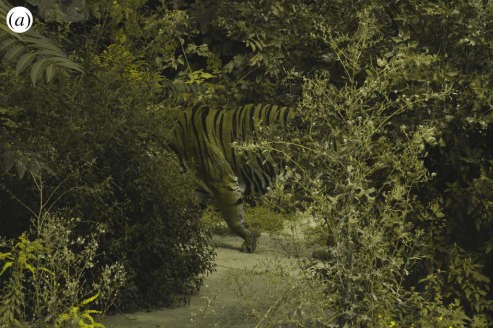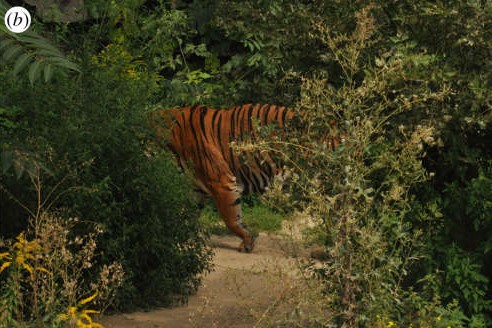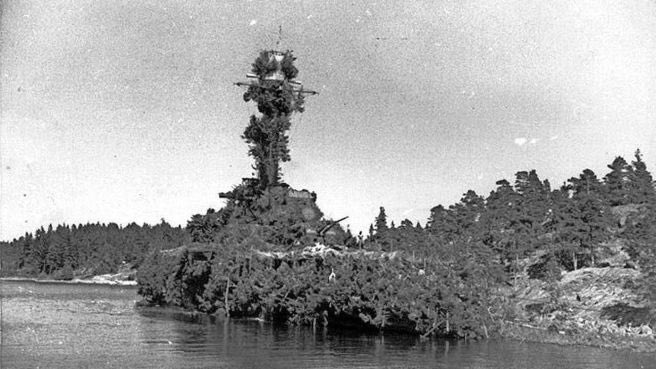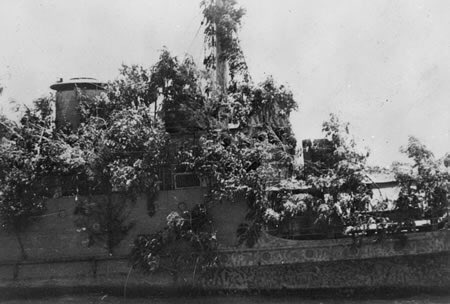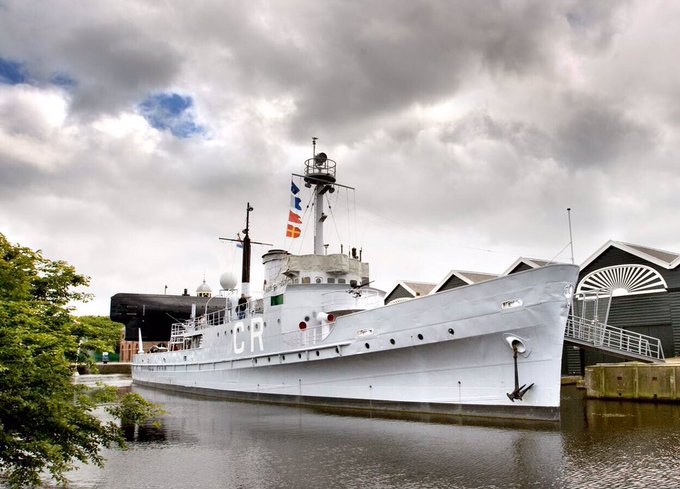Most Insane Camouflage in the World

October 8, 2024
•10 min read
Camouflage can be incredible. Lets find out about the most insane camouflage in the world.
Camouflage is essential built-in protection for surviving in the wild. Just take a close look at the following image. Can you spot the tiger in the first one? How about in the second image? This may look like a photoshop trick, but technically the tiger is both colors!
Tigers generally appear orange to humans because most of us are trichromats, but to deer and boars (a tiger's common prey) the orange color of a tiger appears green because ungulates are dichromats. A tiger's orange and black colors serve as camouflage as it stalks hoofed prey.
Baron Caterpillar
It’s no surprise that nature would produce camouflage that looks the most natural! The insect in the image below, if you can make it out, is the Baron Caterpillar. They’re native to Sri Lanka, India and Southeast Asia in places where mango trees grow.
The PL-01 Andres Invisible Tank
Here’s a question for you: how can something that weighs 35 tons, measures 23 ft long, 9 ft wide and 12 ft high also be invisible? That seems like a question only the Polish can answer, after all they designed the world’s first invisible tank!
Leopards
Leopards are the undisputed masters of natural camouflage. Don’t believe me? Take a look at this image and spot the Leopard.
Someone just sent this to me and asked me to find the leopard. I was convinced it was a joke... until I found the leopard. Can you spot it?
Find the snow leopard
Sea Sapphire
A little-known copepod called a Sea Sapphire is an ant-sized relative of crabs and lobsters which shoots between brilliant iridescent colors and near invisibility. This is a level of camouflage most animals can only ever dream of developing! But how does it work?
Quantum Stealth
There’s camouflage, and then there’s just plain witchcraft. Take a look at this invisibility shield called "Quantum Stealth" from the company HyperStealth.
Operation Camouflage
It’s been established that concealing a person, animal or vehicle is totally possible, but what about an entire factory? Just after the devastating attacks on Pearl Harbor during World War Two, Aircraft manufacturers Lockheed gathered at their Burbank aircraft plant to discuss concealment techniques.
Terrified the war could further breach the shorelines of America, Colonel Ohmer gave the order to conceal the plant by any means necessary. Operation Camouflage began: The plants’ parking lots were painted green and lined with foliage, fake trees were set up with chicken feathers for leaves, and a canopy of chicken wire netting was erected over the main factory with painted canvas. From the air, the entire plant was transformed into an unsuspecting Californian suburb. Even today, it remains one of the most extensive and successful concealment operations in history. You could say it was hidden in "plane" sight.Camouflage over the Lockheed Aircraft plant in Burbank, CA during World War II disguised it as a sparsely populated rural area. After the attack on Pearl Harbor, the U.S. Army assigned Col. John F. Ohmer the task of disguising the Lockheed Vega aircraft plant (now known as Bob
Dazzle Painting Camouflage
Old images of the First World War paint a fairly grim and serious picture of the time. Battleships and U-boats appear incredibly menacing, except that wasn’t always the case. The boat in the picture below may look like they’ve been dressed up as zebras on LSD, but they’re actually in a form of camouflage called Dazzle Painting.
It consists of complex geometric patterns which intersect and interrupt one another. You may be thinking that this is the opposite of camouflage but the point of this wasn’t to conceal the ship, it was to confuse the enemy. Negating shadows and distorting perspective, ships became harder to judge in terms of their range, heading and speed. This meant enemy ships attempting to engage a Dazzled ship in battle often took up the wrong position and missed difficult long-range attacks. Plus, no two ships were ever painted the same keeping the ships identity and class a secret.Cuttlefish
Being able to blend into your surroundings is very impressive, but the Cuttlefish takes it to the next level in the image below. It’s not just its color that changes, but the texture of its skin and posture of its tentacles perfectly mimic its surroundings!
Leafy Sea Dragon
Take a good look at the crazy camouflage of the Leafy Sea Dragon in the clip below. Whilst they’re closely related to sea horses, the main difference is that this little fish sports incredible leaflike appendages that let it drift unsuspectingly alongside seaweed and kelp.
Observation Posts of WW1
Life in the trenches of World War one was treacherous and terrifying. Any man brave enough to stick his head out from the safety of the ditch for more than a few seconds was often spotted and shot.
So how were they meant to keep tabs on their enemy when everything above ground was compromised? The answer was to get creative. The French began the ingenious endeavor of disguising observation posts as trees. A dead tree blasted by bombs near a trench was meticulously studied, photographed and measured. At night, shielded by the darkness, the tree was taken down and replaced with an identical, hollow version made from chicken wire, bulletproof shutters and canvas.Mirrorcube
If you want a camouflage solution that works all year round, you need to think outside the box, specifically this box in the clip below!
HNLMS Abraham Crijnssen
Camouflage for ships was widely used in the first and second world wars, but the crew of the HNLMS Abraham Crijnssen turned the concept of camouflage into a full-blown disguise.
In 1942, this Dutch minesweeper ship was in the middle of Java Sea, which was then occupied by the invading Japanese forces. The sea and skies were full of the enemy, and in order to escape they needed to sail through 1600 kilometers of hostile ocean. It seemed impossible, until the captain came up with a plan which was as ingenious as it was mad, to disguise the boat as a tropical island! The crew used foliage from nearby islands to whip up a makeshift jungle on the 180 ft long vessel, along with grey paint to make portions of the hull look like a rockface.On this day in 1942 Dutch minesweeper HNLMS Abraham Crijnssen escaped from the Japanese while camouflaged like an island.😳 She safely sailed from Java to Freemantle in Australia. Today you can visit her at the great @marinemuseum_nl in Den Helder. #WW2
